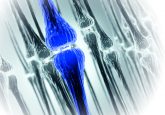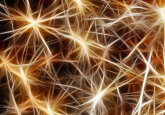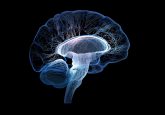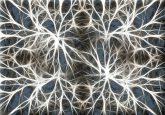Deep brain stimulation for Parkinson’s disease: current status and future outlook
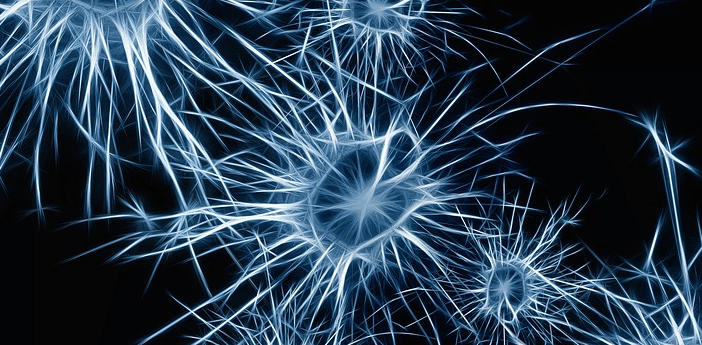
Parkinson's disease is a neurodegenerative condition secondary to loss of dopaminergic neurons in the substantia nigra pars compacta. Surgical therapy serves as an adjunct when unwanted medication side effects become apparent or additional therapy is needed. Deep brain stimulation emerged into the forefront in the 1990s. Studies have demonstrated improvement in all of the cardinal parkinsonian signs with stimulation. Frameless and ‘mini-frame’ stereotactic systems, improved MRI for anatomic visualization, and intraoperative MRI-guided placement are a few of the surgical advances in deep brain stimulation. Other advances include rechargeable pulse generators, voltage- or current-based stimulation, and enhanced abilities to ‘steer’ stimulation....
